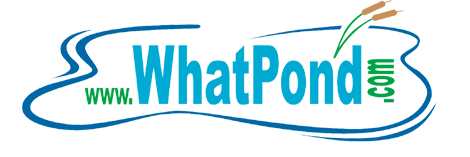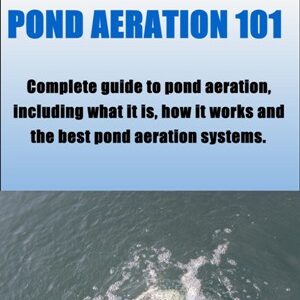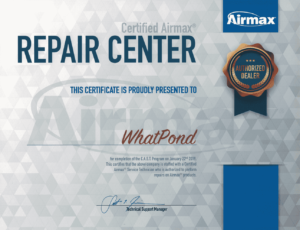Invasive species or fast spreader. Sometimes they do get confused because of the nature of the growth rate. Here’s the deal …at least how I want to explain it. Invasive species can be a plant or animal that does not naturally live in your location. But once they do they can take over and push out the native species killing them and continue to grow over taking what they can leaving nothing else. to grow or live.
To add to this invasive species can spread aggressively or slowly but as they do they can wipe out the native species. Sort of the same goes with our native species, sometimes folks think the natives are invasive because they spread so fast, but they have benefits and still allow other plants, insects, birds and fish to thrive.
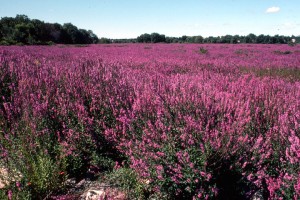 Take for example the Purple Loosestrife, cool looking plant with awesome looking purple flower. Someone that didn’t know could transplant this plant and find in a couple year that the whole field has been taken over and the native species could be wiped out by the invasive plant.
Take for example the Purple Loosestrife, cool looking plant with awesome looking purple flower. Someone that didn’t know could transplant this plant and find in a couple year that the whole field has been taken over and the native species could be wiped out by the invasive plant.
Here’s another bad guy especially for the pond owner, called phragmites. Another cool looking plant that can reach heights of 12’, spreads aggressively and can change the habitat area it takes over. Whether it in the water or land it can change the fish habitat or birds and insects that used that area before. Very tough plant to get rid of because the root system can grow horizontally and the seeds come by the thousands, either blown in by the wind or carried by bird, which is what happened in our small pond. The previous year I pulled it out thinking I got it by the roots…but it’s back, even where it grew in the water it is growing again. If left alone it can cover the entire pond in no time.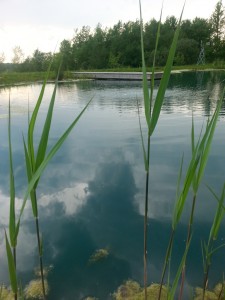
Alright enough about plants what about animals/mammals and insects. Yes there are species that will take over and push out the natural critters.
Another example is the Tri Ploid Grass Carp, although it cannot reproduce it can harm the natural environment for our native species of fish. In Pa. you need to get a permit to put these fish in your pond and a control method to keep them in the pond so they can’t reach any streams or other bodies of water. If they do get out and reach these other bodies of water they can consume all the vegetation our native fish need to survive. Whether it is their food source, habitat or protection from the predator fish without it our native fish could end up in a bad way.
The reason I’m talking about the invasive species is I have a special download for you called the AIS (Aquatic Invasive Species) Field Guide. Packed full of information from Plants, Invertebrates, Algae, Pathogens, Fish, Reptiles and Amphibians. The guide shows each invasive species, descriptions, where they are located now in the states. Tips on how to stop the spreading and how to collect and report if you should come upon any of the species in the guide. Yes it is a free down load but you will need to sign up and confirm your email to receive the download.
If you landed on this page from your email then you already have the download link in your email, if you landed on this Invasive Pond Species page then click the item below and follow the instructions to get on board with our Pond Management tips, and Aeration Report
